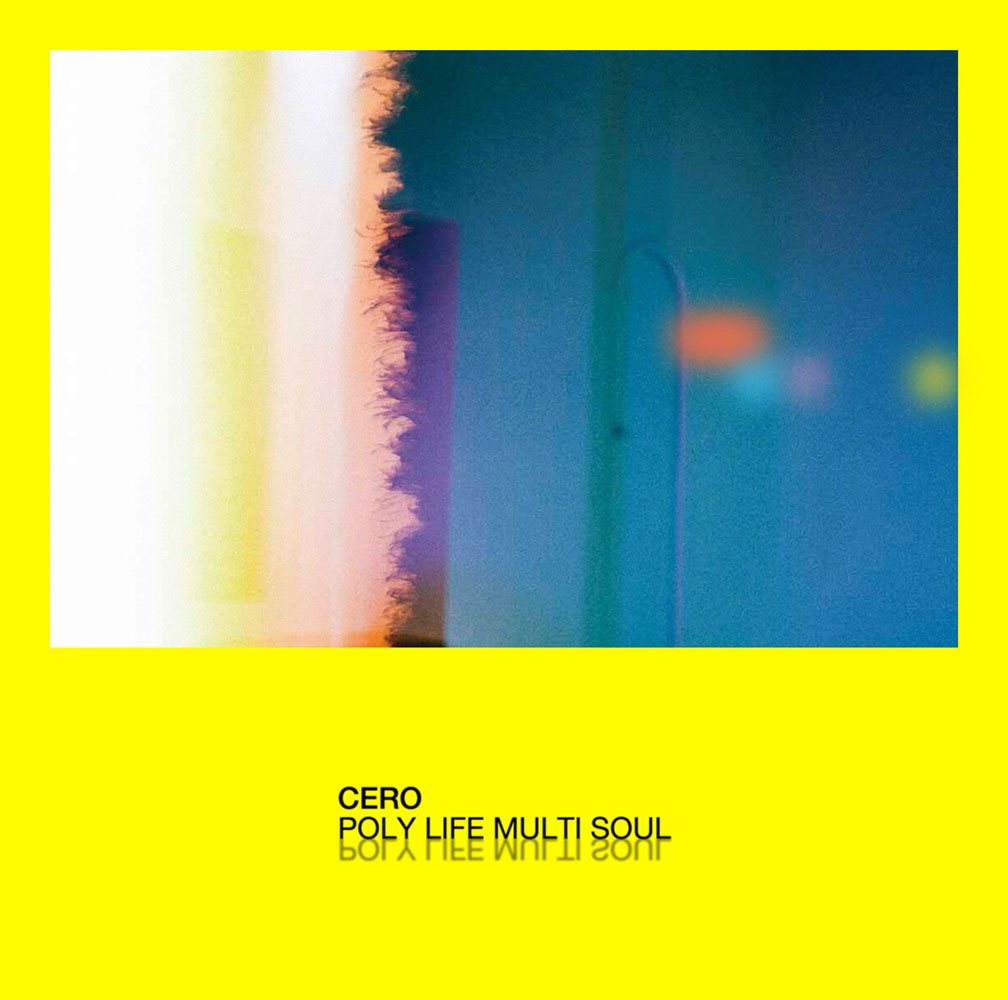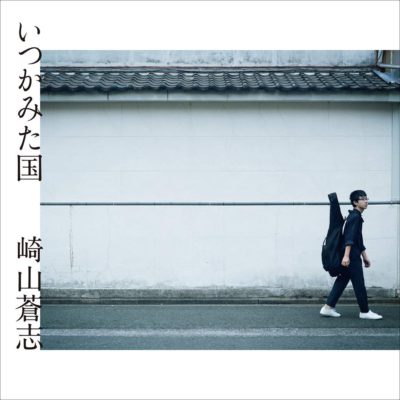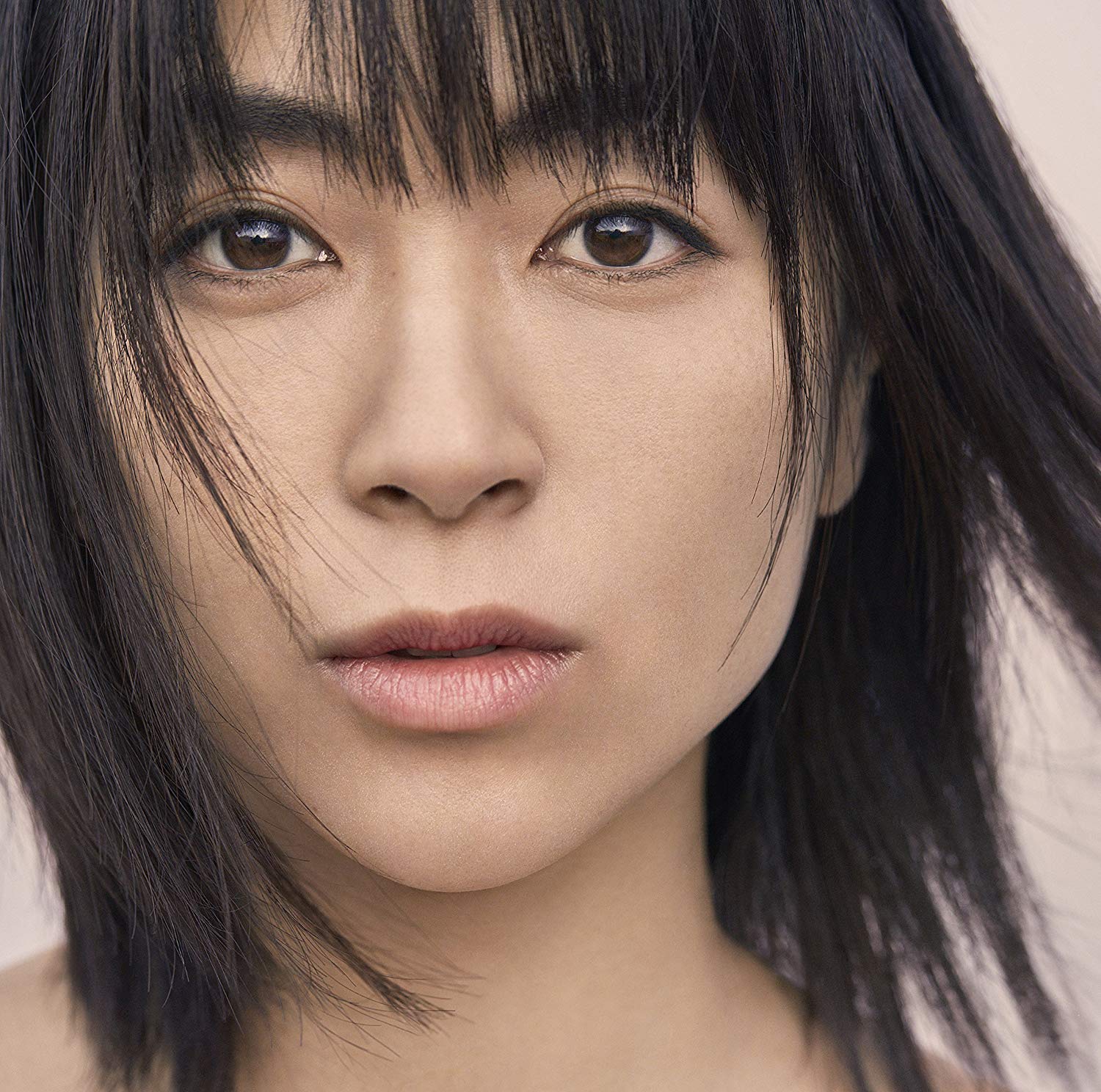Throughout the 2010s, Japanese pop music has been obsessed with the so-called ‘urban’ or ‘city’ feeling. Many bands tried to render their impressions on their own city life, mostly in Tokyo. They sounded more optimistic than how the society actually was, but I think it was kinda redevelopment of their imaginary city. After the great earthquake in 2011, this act of redevelopment became more crucial since the city–well, of course, Tokyo–was heavily damaged both literally and psychologically. They needed to fix it, at least imaginarily.
In my opinion, cero’s body of work is a good example of this zeitgeist. The band was originally formed by three multi-instrumentalists, Shohei Takagi, Yu Arauchi, and Tomoyuki Yanagi in 2004. Around 2006 Tsubasa Hashimoto joined them. They released their debut full-length in 2011 but Yanagi left the band. Now cero consists of Takagi, Arauchi, and Hashimoto along with a bunch of skillful fellow musicians supporting them.
Their early works like WORLD RECORD and My Lost City were a very playful and fantastic depiction of the contemporary city and suburban life. Influenced by classic Japanese rock bands such as はっぴいえんど, they played psychedelic folk-rock songs with comtemporary twists that could be compared to early Beck, but with a more exotic flavor.
However, after these two records, they began exploring a different direction. Their EP Yellow Magus released in 2013 was comprised of four songs apparently inspired by deep funk tunes from the 70s. Two years later, they released their third album Obscure Ride. It was heavily influenced by neo-soul and contemporary jazz, particularly D’Angelo’s Voodoo or the Soulquarians’ other works.
Since then, their main interest has been rhythm and groove. Listening to Obscure Ride, you can imagine they roam around the imaginary city and its suburbs on the loose, out-of-pocket 16-beat with bittersweet R&B feelings. It fascinated some audience in Japan and led the band one of the most prominent acts in Tokyo.
And POLY LIFE MULTI SOUL was released in 2018. As soon as its lead single “魚の骨 鳥の羽根” uploaded on YouTube, it made a sensation. As you can hear, it features 3:4 cross-rhythm entirely. Moreover, the other songs also feature polyrhythm, irregular meters, metric modulations.
Although their rhythmic structure is rather complex, this album is quite danceable. It ends with a song named “Poly Life Multi Soul,” which has a strong four-on-the-floor beat in the second half. This ending sequence reminds me of feeling right before the party’s over. Delightfully tired, getting ready to start another day under the sun.
In terms of lyrics, it seemed influenced by American and South American literature. In fact, “夜になると鮭は” directly adapts Raymond Carver’s poem. Here, the surrealistic nature of contemporary city life was connected with the magical realism by the lyricist and vocalist, Takagi. Feeling haunted by anonymous lives and straying souls, we’re trying to deal with everyday life.
Far from the city as an idealized utopia, POLY LIFE MULTI SOUL arrived at somewhere both magical and uncanny. And this actually was the Japanese city life in 2018, I think.
コメントする


